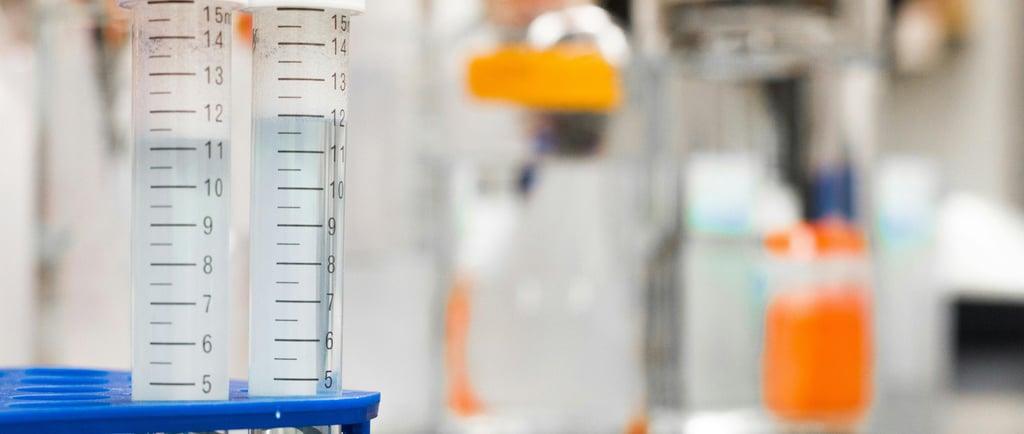Foam Adhesives vs Traditional Adhesives: Which One is Better for Construction?
Should I use foam adhesives or traditional adhesives? The answer isn’t always simple, as each type of adhesive offers unique advantages depending on the application.


When it comes to choosing the right adhesive for construction, renovation, or industrial projects, professionals and DIYers alike often face a common question: Should I use foam adhesives or traditional adhesives? The answer isn’t always simple, as each type of adhesive offers unique advantages depending on the application.
In this comprehensive blog, we compare foam adhesives and normal adhesives based on performance, application methods, bonding strength, cost-effectiveness, and their best use cases in both residential and commercial construction. Whether you’re working on wood framing, subflooring, drywall, paneling, or roofing, knowing the differences can help you make an informed decision.
What Are Foam Adhesives?
Foam adhesives, often based on polyurethane, are one-component or two-component expanding foams that act as both a bonding agent and a gap filler. These adhesives are commonly used in spray cans or gun-applied systems and are ideal for uneven surfaces or areas where both insulation and bonding strength are needed.
Foam adhesives cure by reacting with moisture in the air or substrate, expanding to fill cavities, and forming a strong mechanical and chemical bond.
Common uses of foam adhesives:
Wall panel bonding
Roof tile and insulation boards
Drywall and gypsum board applications
Subfloor installations
Window and door frame sealing
Popular examples: Insta Stik Quik Set, Loctite TITE FOAM, Great Stuff Pro Construction Adhesive Foam
What Are Traditional Adhesives?
Traditional adhesives refer to non-expanding glues and bonding agents such as PVA wood glue, construction adhesives in tubes, epoxies, acrylic adhesives, and contact cement. These are typically applied with a caulk gun, trowel, or brush, depending on the formula.
They are designed to deliver high shear strength and are often preferred for precision bonding on clean, smooth surfaces.
Common types of traditional adhesives:
Polyvinyl acetate (PVA) wood glue
Epoxy-based adhesives
Solvent-based contact cement
Silicone and hybrid sealants
Acrylic construction adhesives
Popular examples: Liquid Nails, Loctite PL Premium, Titebond Wood Glue, DAP Dynagrip
Bonding Strength and Durability
When it comes to bonding strength, both foam adhesives and traditional adhesives offer high performance, but the choice depends on the materials and environment.
Foam adhesives excel in uneven surfaces where gap-filling, insulation, and quick set time are required. They bond well to porous materials like wood, concrete, drywall, and insulation boards.
Traditional adhesives such as polyurethane or solvent-based construction adhesives provide strong linear adhesion with minimal expansion. They are preferred in flooring, cabinetry, and fine carpentry, where precision is key.
If you're installing subflooring in a cold climate like Canada, a foam adhesive that performs in low temperatures is ideal. But if you're installing kitchen cabinetry, a non-expanding wood adhesive is a better choice.
Speed of Application
Foam adhesives are generally faster to apply, especially for large surfaces. With spray or gun application, coverage is high, and curing starts within seconds to minutes.
In contrast, traditional adhesives may require:
More effort to apply (caulking guns, trowels)
Longer clamp or cure time
Cleanup with solvents or mechanical scraping
However, traditional adhesives offer better control in detailed work.
Thermal and Acoustic Insulation
One major benefit of foam adhesives is their dual role as an adhesive and insulator. Once cured, the foam structure provides:
Thermal insulation
Soundproofing
Air sealing
This makes foam adhesives popular for use in roofing, HVAC systems, window sealing, and wall sheathing. In climates like those in northern US states and most parts of Canada, foam adhesives can significantly improve building envelope efficiency.
Traditional adhesives, by contrast, do not offer insulation and are purely used for bonding.
Flexibility and Movement Tolerance
Buildings move due to thermal expansion, settling, and structural stress. Adhesives must accommodate these shifts.
Polyurethane foam adhesives are elastic and allow for expansion and contraction, making them suitable for roofing and exterior panel bonding.
Rigid adhesives like epoxy are less tolerant of movement but offer excellent strength where flexibility is not needed.
Weather and Temperature Resistance
For cold weather construction, foam adhesives (especially professional-grade polyurethane foams) outperform traditional adhesives by maintaining performance in temperatures as low as -10°C.
Some standard construction adhesives fail to cure properly below 5°C, making foam adhesives a safer bet for Canadian winter construction or early spring projects in the northern U.S..
Cost and Material Usage
On a per-can basis, foam adhesives may seem more expensive, but:
One can often replaces multiple tubes of traditional adhesive
Less labor is required due to faster application
Reduced waste and cleanup time
Still, for small projects or tight spaces, traditional adhesives are more economical and easier to store.
Environmental Impact
Some foam adhesives use HFO (Hydrofluoroolefin) blowing agents, which are more environmentally friendly than older HFC-based systems. However, many traditional adhesives have lower VOC emissions and are Greenguard certified for indoor air quality.
Always look for products that meet LEED standards or are compliant with CAN/ULC S705.1 in Canada.
Final Verdict: Which One Should You Use?
If you're working on modern construction with foam panels, subfloors, roofing, or energy-efficient homes, foam adhesives are the best choice due to their speed, insulation, and gap-filling capabilities.
For precision carpentry, cabinetry, or clean interior work, traditional adhesives remain ideal for their stability and ease of control.
Ultimately, the best adhesive depends on your project’s needs. Many professionals in the US and Canada now keep both types on hand to optimize for different stages of construction.
